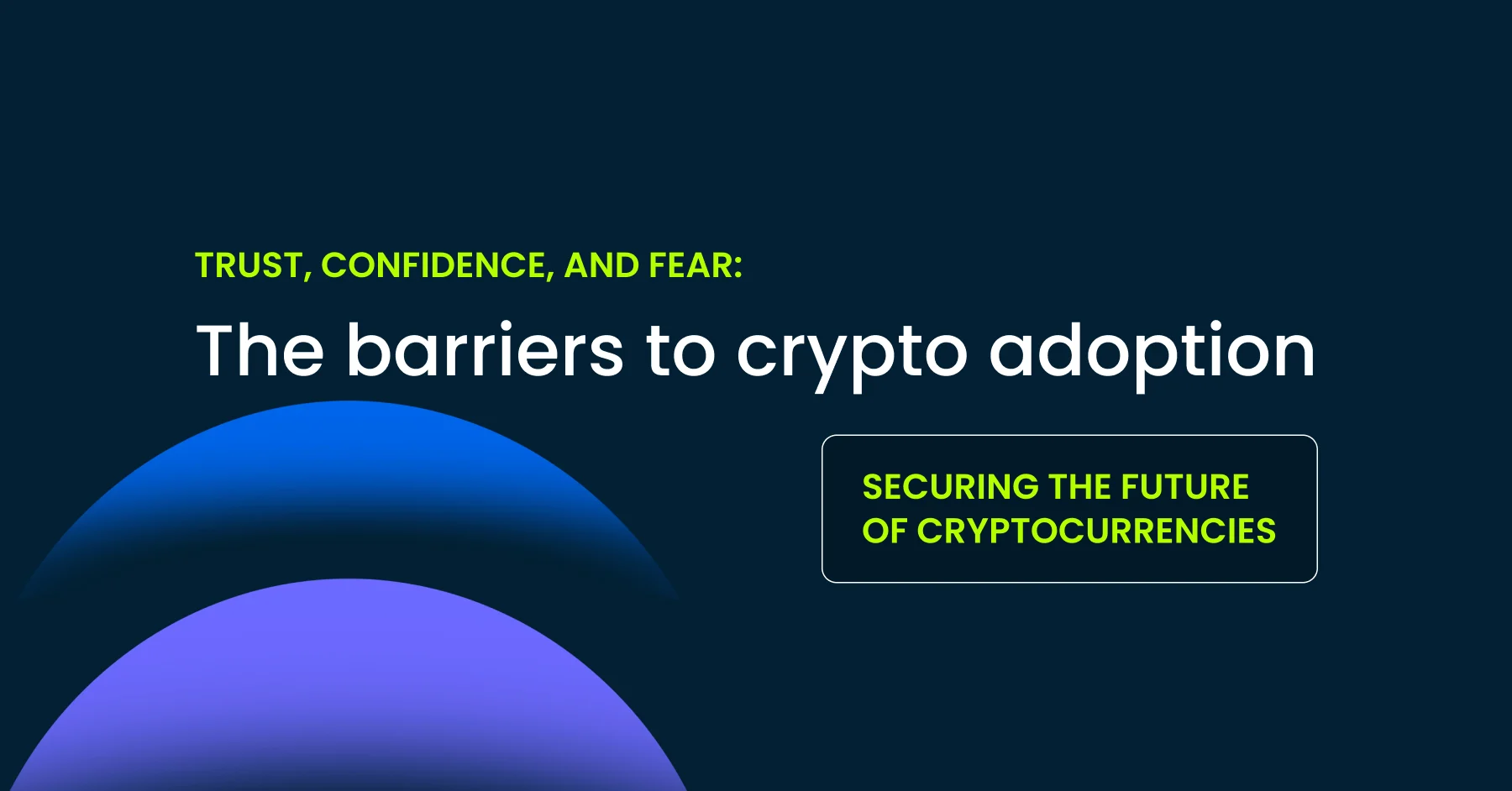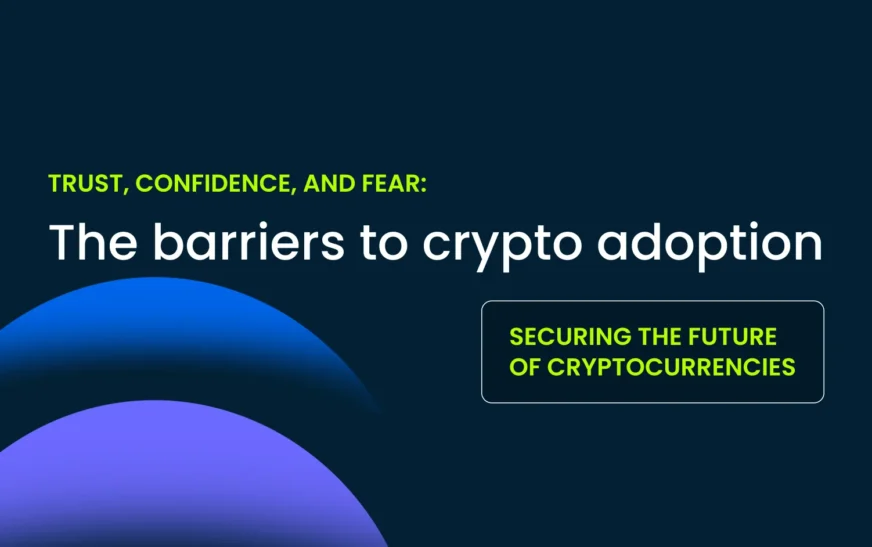As we enter deeper into 2025, the cryptocurrency landscape is evolving at breakneck speed. The wild speculation of the past has given way to more grounded innovations, institutional adoption, and real-world applications. What was once a niche market for tech-savvy investors is now an industry reshaping global finance, identity, infrastructure, and digital ownership.
Whether you’re an investor, developer, or just crypto-curious, staying ahead of the curve is key. Here are the top 5 cryptocurrency trends to watch in 2025 that are already shaping the next era of blockchain.
1. Real-World Asset (RWA) Tokenization
Tokenizing real-world assets—such as real estate, commodities, treasury bonds, or art—is one of the most significant trends driving adoption in 2025.
Why it matters:
RWA tokenization brings liquidity, accessibility, and transparency to traditionally illiquid or exclusive markets. For example, instead of needing $100,000 to invest in a commercial building, tokenization allows you to buy a $100 fraction of that property using blockchain technology. It also enables faster settlement and global access to investment opportunities.
Key examples:
- BlackRock and Franklin Templeton are leading traditional finance giants creating tokenized bond funds on-chain.
- Protocols like Ondo Finance, Maple, and Centrifuge allow users to invest in real-world debt and yield-bearing assets using crypto.
What to watch:
Expect an explosion of tokenized government bonds, luxury goods, and even intellectual property rights on public blockchains like Ethereum, Solana, and Avalanche.
2. DePIN: Decentralized Physical Infrastructure Networks
One of the hottest new categories in 2025 is DePIN—where blockchain meets physical infrastructure. These projects incentivize users to build and maintain real-world systems like internet networks, energy grids, and sensor data through token rewards.
Why it matters:
DePIN is about community-powered infrastructure. Rather than relying on centralized companies to build and manage networks, individuals can contribute resources—like storage, computing power, or connectivity—and get paid in tokens.
Key players:
- Helium: Wireless network built by individuals running hotspots.
- Render Network: Decentralized GPU computing for AI and 3D rendering.
- DIMO: Connects vehicles to share driving and performance data.
- Filecoin & Arweave: Decentralized data storage systems powering the future of web3.
What to watch:
As AI and IoT grow, so does the demand for distributed infrastructure. DePIN provides an efficient, censorship-resistant alternative—and it’s getting major VC attention.
3. Modular Blockchains and AppChains
Gone are the days when one chain tried to do it all. In 2025, modular blockchains—where functions like consensus, data availability, and execution are split among specialized layers—are revolutionizing scalability and flexibility.
Why it matters:
Modular architecture enables faster, cheaper, and more customizable blockchains. Instead of competing with Ethereum, many new projects now build on top of it using rollups and other layer 2 solutions.
Big names:
- Celestia: The leading modular data availability layer.
- EigenLayer: Introduces “restaking” to secure new networks using Ethereum validators.
- Optimism Superchain: A network of interoperable rollups sharing one governance layer.
- Polygon CDK: Helping developers launch their own L2s with ease.
What to watch:
Expect many dApps (especially games, DeFi, and social apps) to launch their own AppChains—custom blockchains that provide dedicated performance, tailored fees, and governance models.
4. AI + Crypto: The Rise of Intelligent Web3
AI and crypto are no longer operating in separate worlds. In 2025, they’re converging in powerful ways—bringing automation, prediction, and personalization to the decentralized web.
Why it matters:
Crypto gives AI systems a secure way to transact, prove identity, and access permissionless data. On the flip side, AI makes web3 more usable—by managing wallets, optimizing DeFi strategies, generating content, or analyzing market data.
Use cases exploding in 2025:
- AI trading bots managing crypto portfolios autonomously.
- AI-powered assistants embedded in wallets and exchanges to guide users.
- Decentralized AI marketplaces like Fetch.ai and SingularityNET, where models and compute can be bought and sold with tokens.
- Proof of Personhood (PoP) tools using AI to detect bots, fake identities, and Sybil attacks—especially important in DAOs and airdrops.
What to watch:
The combination of AI and crypto will fuel smarter on-chain applications, but it also raises ethical and security questions. The race is on for transparent, decentralized AI infrastructure.
5. On-Chain Identity and Reputation Systems
One of the biggest problems in crypto has been the lack of trustworthy identity. In 2025, that’s changing with the rise of on-chain reputation, soulbound tokens (SBTs), and decentralized ID (DID) systems.
Why it matters:
With on-chain identity, users can build a verifiable, private, and portable reputation across platforms—without handing over their personal data. This unlocks better lending, more secure social media, reputation-based governance, and even credit scoring in DeFi.
Key projects:
- Worldcoin: Using biometric verification for proof of personhood.
- Lens Protocol: Social network with user-owned profiles and content.
- Gitcoin Passport: Helps DAOs and DeFi apps filter out bots.
- ENS (Ethereum Name Service) and Unstoppable Domains: Simplifying wallet addresses and tying them to identities.
What to watch:
As regulations tighten and airdrop farming increases, platforms will rely more on reputation scores, verified interactions, and human-proof identity layers to ensure fairness and trust.
Honorable Mentions:
- Bitcoin Layer 2s: Projects like Stacks and Lightning Network are bringing smart contracts and DeFi to Bitcoin.
- Stablecoins 2.0: Innovations in yield-bearing stablecoins, cross-chain liquidity, and CBDCs (Central Bank Digital Currencies).
- SocialFi: Monetized social platforms powered by crypto (e.g., Friend.tech, Farcaster).
Final Thoughts
2025 is shaping up to be a year of maturity and meaningful integration for the crypto industry. The narrative is shifting away from pure speculation to utility, infrastructure, and cross-industry collaboration.
If 2021 was the hype cycle, and 2022–2023 was the cleanup, 2025 is the build and bridge era—where blockchain meets the real world, and crypto becomes less about coins and more about capabilities.
Whether you’re building, investing, or learning, now is the perfect time to position yourself at the forefront of these trends. The crypto future is modular, intelligent, tokenized, and deeply connected to the world around us.






